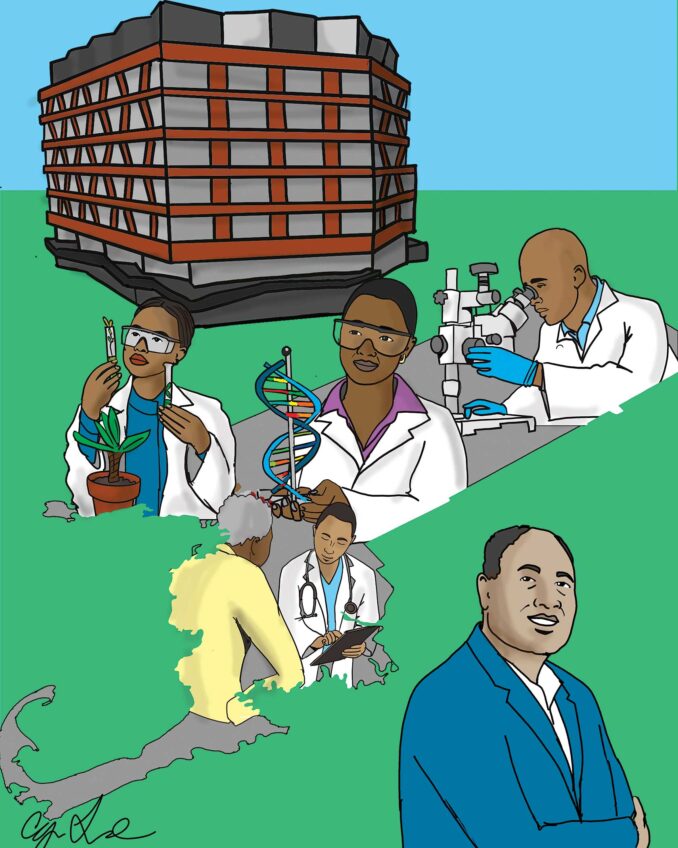
From Thanksgiving until Christmas is considered to be the “family period.” Families gather to greet one another on Thanksgiving, then they shop during the following month to buy gifts for one another. Retailers hope that the spirit of family will be strong enough to motivate strong sales.
In fact, public interest is now extending beyond the nuclear family. Genetic research generally available has made many people curious about their ancestors. Some people have even become concerned about their racial roots. According to paleontologists, the human species took root in Africa. This view is based upon fossil skeletons found in Ethiopia and Tanzania’s Olduvai Gorge. The skeletons are considered to have been about 3 million years old and are the earliest known human remains.
Some of humanity’s earliest descendants stayed in Africa and built a civilization along the Nile River. Time has erased much of that development in Egypt, Sudan and Ethiopia; however, the monuments and tombs indicate the highly evolved level of those communities. Fortunately, the grandeur of these achievements and the practices of their people have been artfully photographed by Chester Higgins during the past 50 years.
Higgins’ book, “Sacred Nile,” with text by Betsy Kissam, should be a collector’s item for anyone interested in Egyptology. Orders are available at sacrednile.com.






